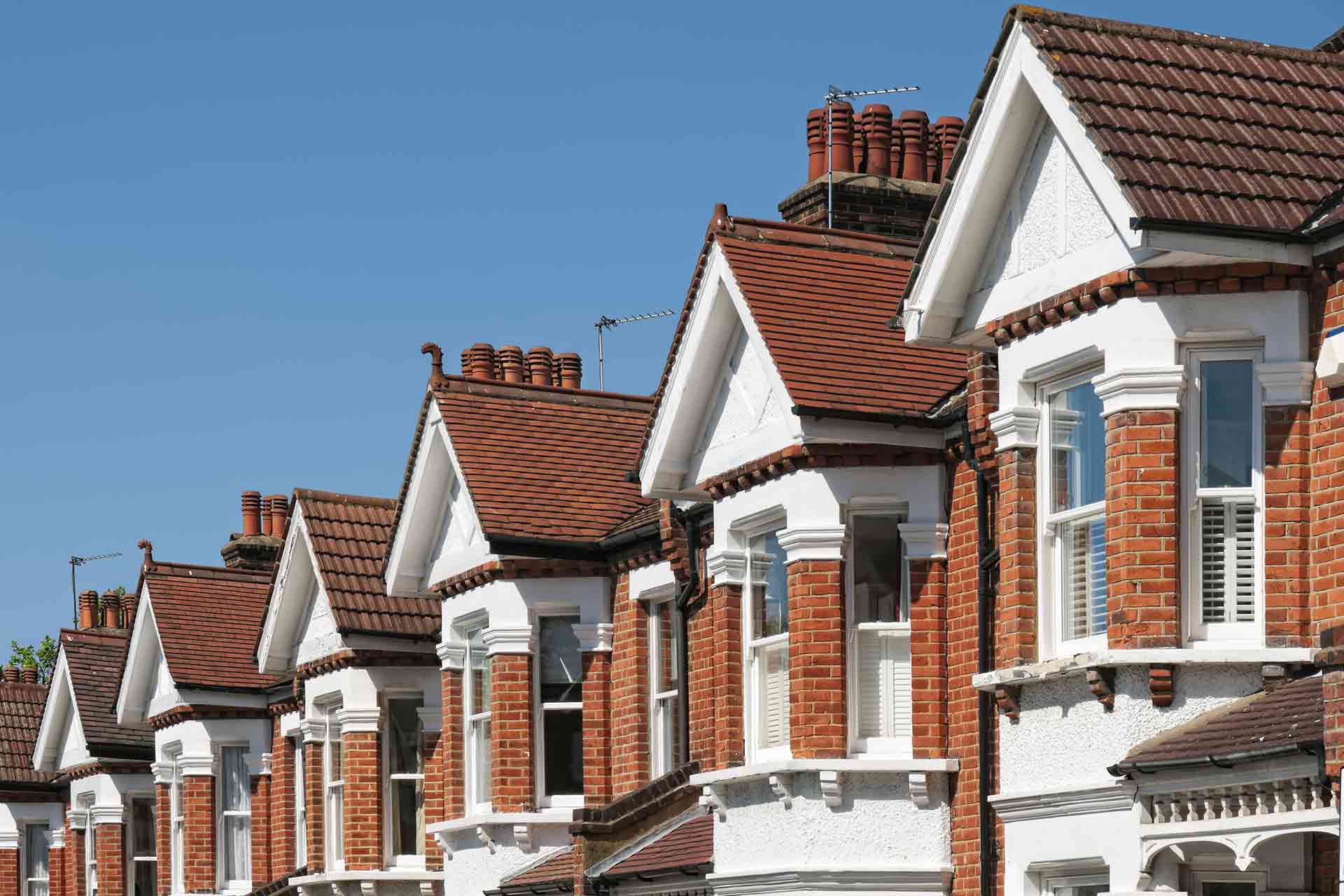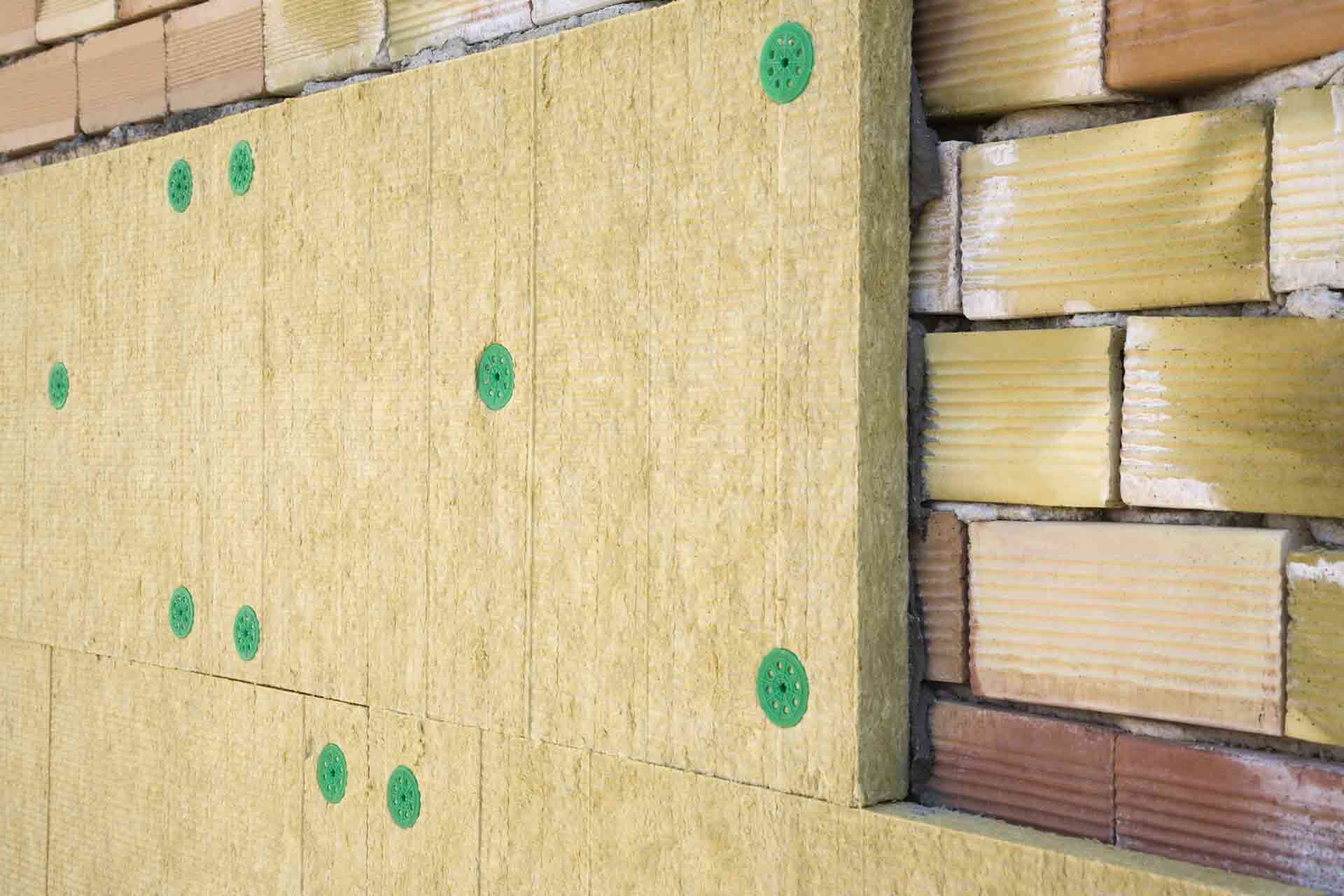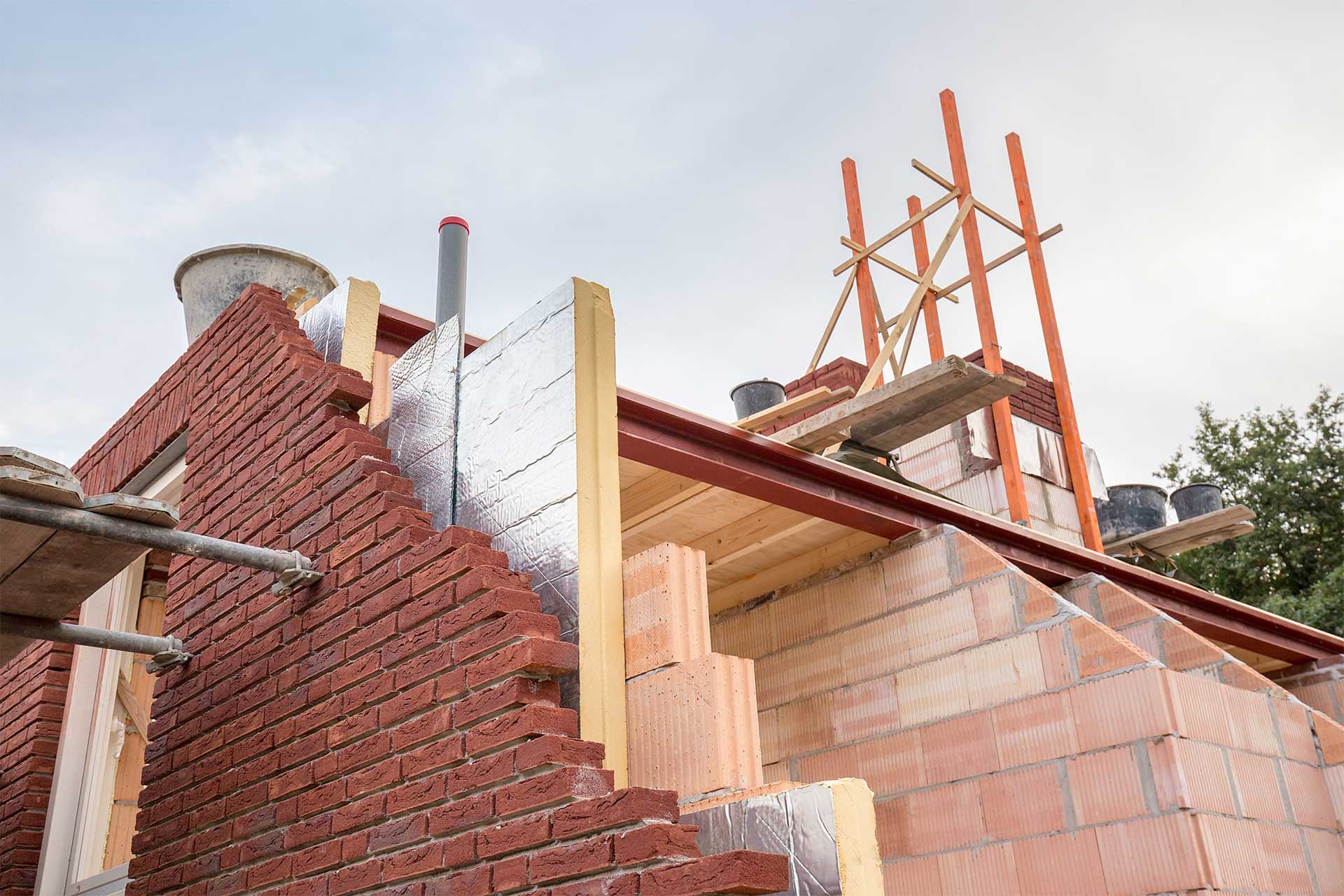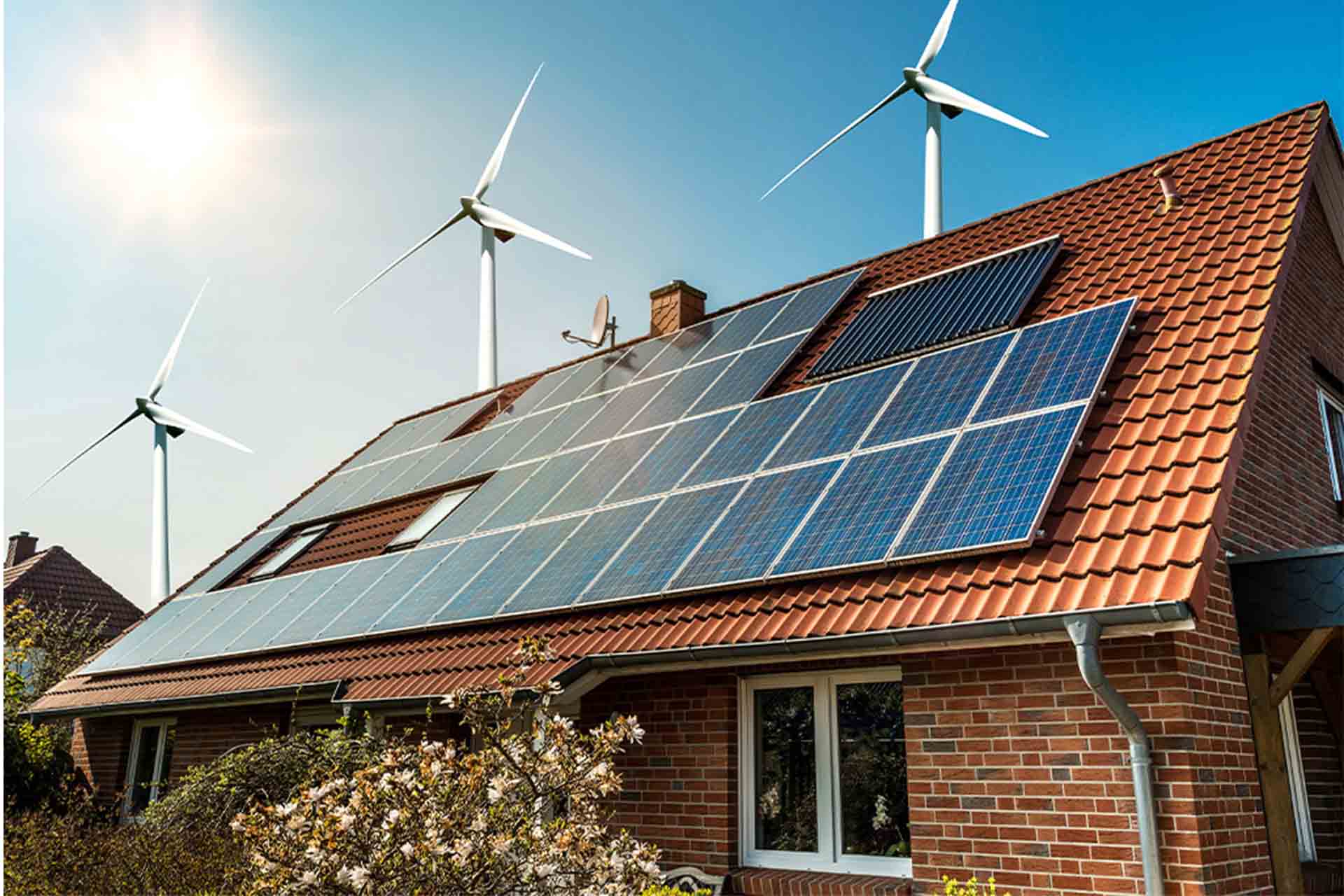Blog>Cost Guides>Floor insulation costs in 2025
Last updated: 14 March 2025
Floor insulation costs in 2025
A well-insulated floor can make all the difference in keeping your home cosy in winter. It can also help reduce your annual energy bills. Read on for an overview of floor insulation costs and considerations.

Fast Facts
The average floor insulation cost in the UK is approximately £6,000 depending on the floor type
When raising floorboards, check the condition of the joists and deal with any rot before insulation is added
Contact a certified insulation contractor for guidance on the most suitable insulation material for your needs
Want to get a head start before the cold snap kicks in and upgrade your floor insulation? You've come to the right place.
In this guide, we've gathered average prices for labour and materials from our professional estimators to help you budget for the job.
We also offer hiring advice using our free search directory below, along with tips from Checkatrade Member and insulation expert Matthew Stott from MES Energy
See the tradespeople we've checked and recommend for your job
What is floor insulation?
Ground floors or floors built above unheated spaces, such as garages and cellars, can get cold quickly. This is especially true in older properties that were built with suspended floors to prevent damp.
If left uninsulated, energy bills will inevitably increase as you crank up the heating to fight off the draught. But that's where underfloor insulation comes in.
If you have suspended timber floors (also known as cavity floors) or solid, concrete floors, laying insulation helps to create a barrier between the cold ground and your home. Options include:
Suspended floor insulation (timber floors) – You can opt for mineral wool, foam board, or spray foam to keep the draught out
Solid floor insulation (concrete floors) – A floating floor or screed finish (especially popular for garages) are both options.
The approach is relatively simple for any type of flooring. However, you must ensure it's laid correctly and is well ventilated to meet current building regulations and avoid damaging your floorboards.
That's why we recommend hiring an insulation specialist to ensure a professional finish. So, what are the costs involved? That's next up.
What is the cost of floor insulation?
| Cost provided item | Unit | Cost + VAT (Lower range) | Cost + VAT (Higher range) | Average Cost |
|---|---|---|---|---|
| Suspended timber floor insulation | Per m2 | £95 | £115 | £105 |
| Suspended timber floor insulation – including replacement floorboards | Per m2 | £230 | £286 | £258 |
| Solid floor insulation – floating floor | Per m2 | £60 | £80 | £70 |
| Solid floor insulation – screed finish | Per m2 | £70 | £90 | £80 |
| Labour | Per day | £240 | £350 | £300 |
| Last updated: March 2025 Our costs are ballpark averages - get a local tradesperson to quote now | ||||
As far as home improvement jobs go, floor insulation is regarded as relatively reasonable. For the average UK home, you're looking at paying approximately £6,000from start to finish. This cost is based on insulation and materials only –replacement boards would be an additional cost.
That said, your exact quote from an insulation specialist will depend on various factors, such as the size of the room and the type and condition of floor you have. Let's take a look in closer detail:
Average cost of floor insulation per m2
Floating floor insulation costs are typically one of the cheaper floor insulation options, coming in around £70 per m 2.
However, the costs mount up to £258 per m2 if you're insulating suspended timber flooring and the floorboards need to be replaced. This might be because of dry rot, water damage or general wear and tear.
Cost breakdown: materials vs labour
A large part of your floor insulation quote will be labour time. That's why the suspended timber floor insulation costs above include both the time spent removing existing floorboards and the insulation itself.
While an insulation specialist may be able to give you a rough timescale of labour time, it's rare that they quote by the hour. They almost always prefer to quote for the job in full.
See the tradespeople we've checked and recommend for your job
Factors affecting cost
Room size – If you're looking to take on your entire ground floor space, costs could soon mount up. To spread out the costs, you could consider taking on one room at a time, starting with the coldest!
Condition of flooring – If your wooden floorboards are in need of repair or replacement due to dry rot and water damage, you'll need to budget more for both materials and labour
If you're eligible for a grant – There are various green grants for homeowners looking to improve their home's energy efficiency (there's more information about this a little later)
Cost breakdown by floor insulation type
As briefly mentioned above, two types of flooring can generally be insulated: solid flooring and suspended flooring. Let's look at the different approaches for each and the installation methods applied:
1. Suspended floor insulation cost
Many older homes were built with suspended floors to enhance ventilation and prevent the build-up of damp under your floor. Although effective, this can cause cold air to rise up between your floorboards. In the winter months, this will thwart your efforts to keep your home heated.
To keep your home warm, you can either:
Remove the floorboards and relay with insulating materials, or
Insulate under the floor using the crawl space underneath
Whichever approach you choose, it's essential not to cover the ventilation grills as they are critical in preventing damp from damaging timber flooring.
The total floor insulation cost will have two elements - the cost of materials and the cost of installation. But as a general guide, t he average cost for suspended floor insulation is £105 per m2.
Suspended floor insulation materials
When it comes to the insulation material you use for your suspended flooring insulation, here's some of the most commonly used materials with some pros, cons and costs:
Blanket insulation
Qualities – Made from unfaced glass mineral wool (including recycled glass), it's regarded as a green option
Pros – Lightweight, flexible and offers reliable thermal and acoustic insulation. Ideal for use with floors with timber joists, wool roll insulation is highly resilient and fire-resistant
Cons – Can cause skin and lung irritation if not installed safely with the correct PPE equipment worn
Cost – If you wish to buy the roll and attempt installing the underlay yourself, you can expect to pay around £45 per roll sized 14m2
Rock mineral wool insulation
Qualities – Rock minerals, including asalt and recycled slag, are melted down to create a wool-like texture
Pros – Excellent thermal and acoustic qualities. As well as under floor insulation, you can use stone wool slabs for acoustic ceilings and partition panels
Cons – Can be more expensive than other options, such as blanket insulation
Cost –The typical price for rock wool slabs is approximately £100 for a 12-pack covering 9m2
Foamboard
Qualities – They are made from foam and are faced with paper, plasterboard, or foil. The thicker the board, the better the insulation
Pros – Foamboard is an all-rounder product that can be used as insulation throughout the home, including walls and flat roofs
Cons – Air can leak through the gaps of the boards, and it can be prone to mould and damp problems if not correctly installed
Cost – The average price of foam board is £20-£30 per m2 depending on the thickness
Foam spray insulation
Qualities – Made from plastic composites which expand and harden when applied, this is one of the least eco-friendly insulation options
Pros – Offers excellent thermal insulation, but it's important to understand the downsides below
Cons – Foam spray gives off harmful fumes during installation, so it's unsuitable for DIY projects. Also, some types of foam spray can lead to issues with damp. This is why some mortgage and insurance providers will not lend against homes with foam spray insulation
Cost– Hiring a professional is essential as they have the protective equipment and understanding of where to lay the product. Prices of application will cost an average of £525
An insulation specialist will happily advise you on the best floor insulation for your home. To find a specialist near you, just search your postcode below.
2. Solid floor insulation cost
Many new build homes will come with solid floor bases constructed from concrete or screed (as pictured above) directly below a room. Although solid floors will lose less heat than suspended timber flooring, they are still prone to cold.
Adding a layer of rigid insulation above this can be a great way to stop your floors feeling icy cold in the winter. This will then be covered by chipboard and finished with your chosen floor covering**.**
Solid floor insulation (screed finish) averages approximately £80per m 2 , depending on the size of your floor and the company you use.
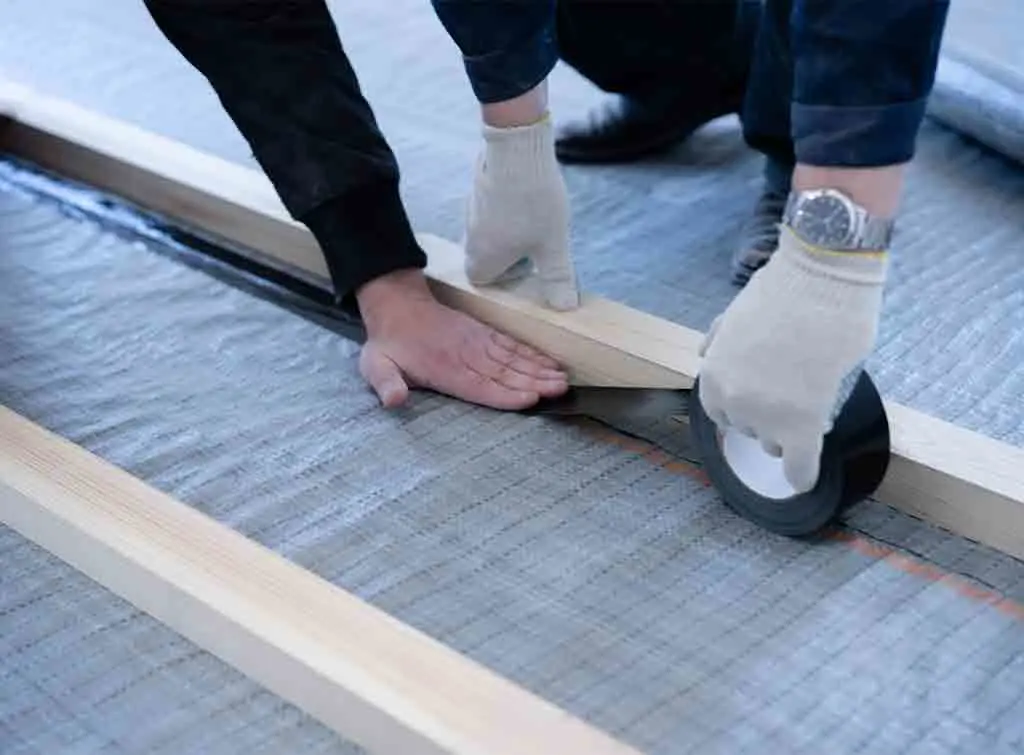
See the tradespeople we've checked and recommend for your job
Benefits of floor insulation
Are the costs mounting up more than you hoped? Or are you on the fence deciding whether floor insulation is worth it? Let's run through some of the key benefits of floor insulation to help firm up your decision:
Reduce your fuel bills – Means your floor insulation cost will pay for itself over time
Cut your carbon emissions – Fully insulating your floor will help to retain heat in your home. This means you're not only bringing heating usage down, you're also reducing the number of carbon emissions produced
Enjoy a warm home – You can retain more heat in your home
Reduce damp – Wood floors are vulnerable to moisture build-up. A layer of insulation can create a vapour barrier, preventing damp from damaging your wood floor
Sound insulation – You'll be amazed at the difference it makes if you've got anyone heavy footed in your home!
Checkatrade Member and insulation specialist Matthew Stott from MES Energy says:
"Due to the increased cost of energy, the return on investment for an insulation measure is up to 230% quicker now than it was pre-price increases in February 2022, when costs spiked at the highest we have ever known."
How to save money on your floor insulation
Before writing off your floor insulation plans due to the cost, run through these steps below to see if you can bring down the costs:
1. Government grants and funding
The good news is that there are various certified installers, local authorities, energy companies, and other bodies to help towards the cost of your external wall insulation – as long as you know where to look.
Here are some current schemes to check out:
ECO4 (Energy Company Obligation) scheme – Lasting until 2026, this grant has the potential to shave 25% off your quote for external wall insulation
The Great British Insulation Scheme – Scheduled to run until 2026, it provides free or cheaper insulation to help households reduce their energy bills
The Warm Home Local Grant – Providing funding for local authorities to deliver energy performance and low-carbon heating upgrades to low-income homes in England. Applications open in April 2025
0% VAT – While not a grant, the UK government offers 0% VAT on installing eligible energy-saving home upgrades until March 2027
Our green grants guide has the most up-to-date information about the schemes available, including eligibility criteria and how to apply.
2. DIY
If you're a confident DIY-er and have the right tools for the job, you can attempt flooring insulation yourself.
Just make sure your insulation thickness meets the criteria for building regulations and your home's Energy Performance Certificate. As a general steer, you will normally need at least 70mm of high-performance foam insulation.
Have you just moved into a new home and are unsure about the quality of the existing floor insulation? Here's some advice from our expert:
Checkatrade Member and insulation specialist Matthew Stott from MES Energy says:
"Don’t just use the Energy Performance Certificate recommended measures as a guideline if you have a newer property.
“The methodology suggests that any house built after 1983 is assumed to have good insulation, which unfortunately isn't the case.
“Always speak to an insulation company to get the correct advice and ask for a visit from one of their surveyors as you may not be insulated properly and wasting £100's in lost heat."
3. Simple short-term hacks
If you're not in a position to invest in floor insulation at the moment, there are some other ways you can help to improve the insulation in your home in the meantime, such as:
Lay down thicker carpet and rugs on your floors
Fill in any cracks or gaps in your floorboards or skirting boards with sealant picked up from a local DIY store
Check out our comprehensive advice guide for more ideas on home insulation planning.
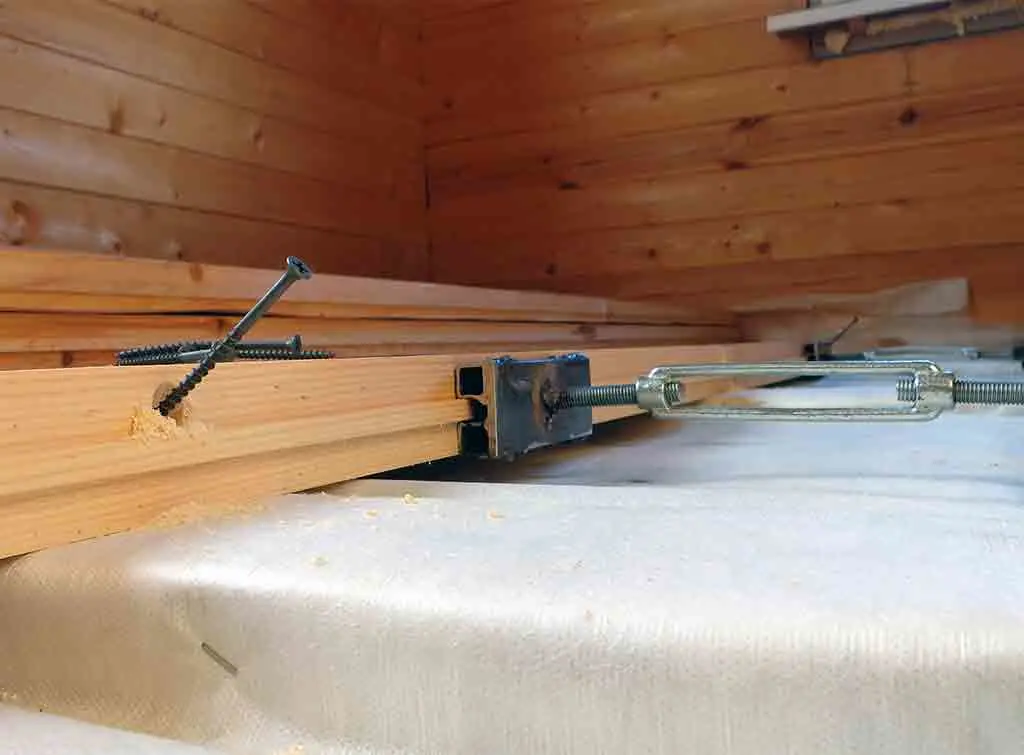
See the tradespeople we've checked and recommend for your job
More Cost Guides
More Flooring Specialist Articles
See the tradespeople we've checked and recommend for your job

